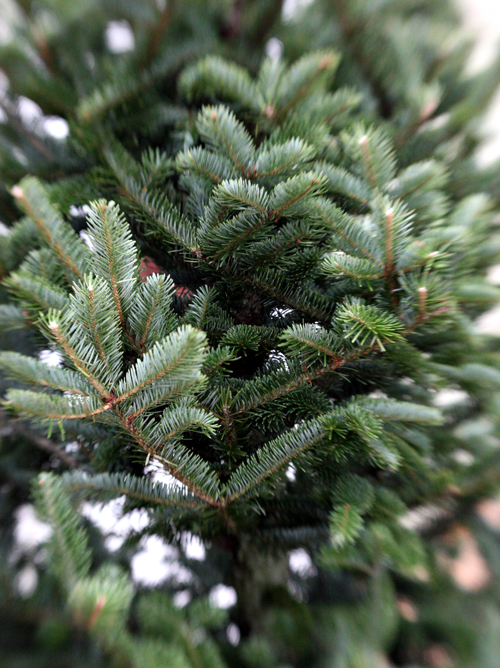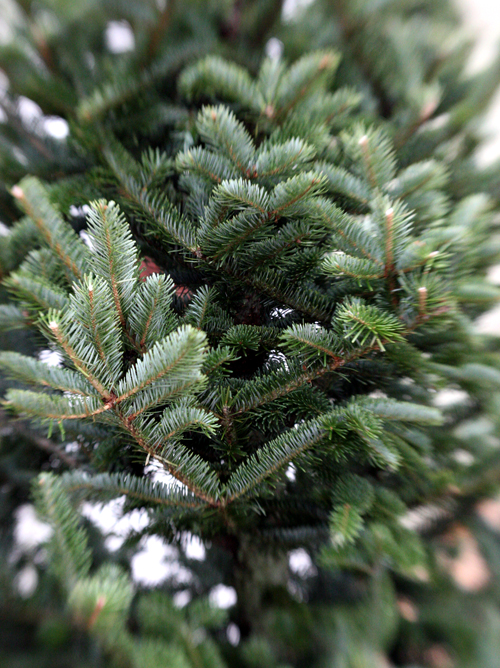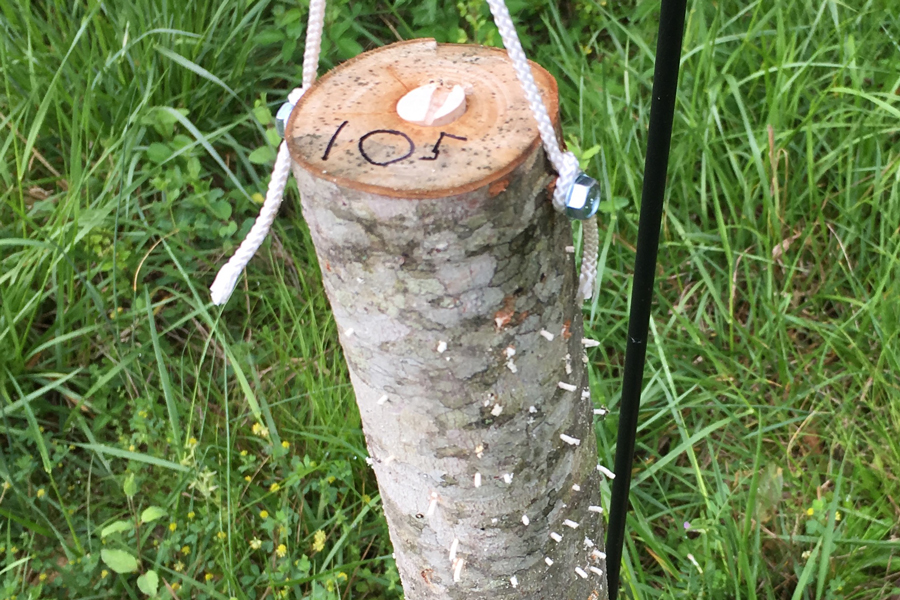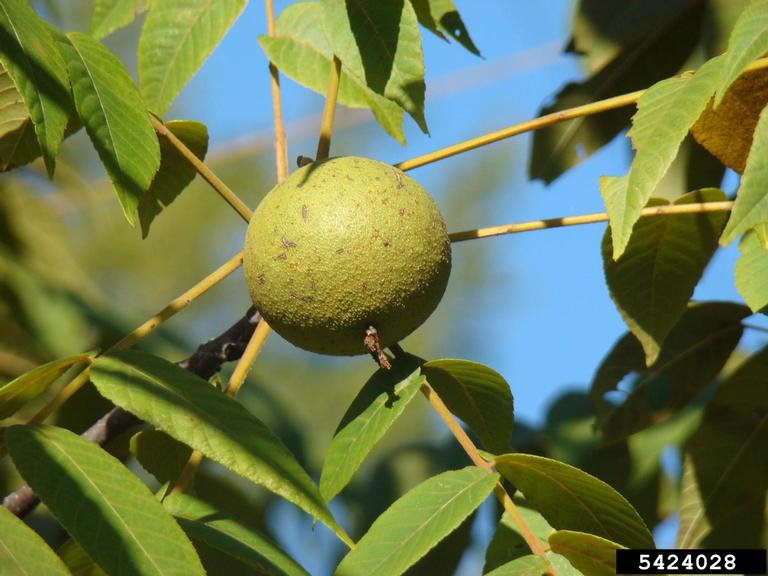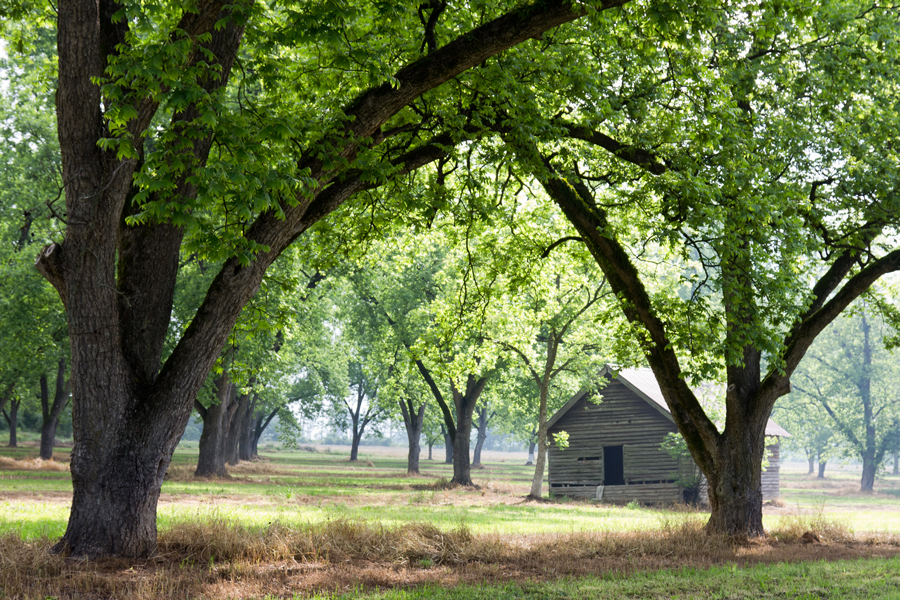For many people, it is not truly Christmas without a fresh and adorned tree standing in the middle of the living room. The smell alone can instantly shift people into the holiday spirit. But for those who suffer from allergies, the thought of a live Christmas tree can put a damper on even the most festive of days.
“No one perfect tree exists for people with allergies,” said Kim Coder, a professor of community forestry at the University of Georgia. But, he believes a few small steps once a tree is chosen can greatly reduce problems for allergy sufferers.
“Most people, when they get a Christmas tree, they shake them but don’t wash them,” he said. “It is critical to do a water rinse to rid the tree of dusts and insects or debris. Of course, the initial shake of the tree is vital, as well.”
Coder warned that the needles could be knocked off if the water pressure is too high while rinsing the tree.
“I would suggest shaking the tree again once it is rinsed because you don’t want the tree to accumulate mold growth from the wetness,” he said. “These small actions will go a long way, especially for people with allergies.”
A crusty tree stand is another problem during the holidays, he said. “Similar to the tree, a Christmas tree stand should be carefully cleaned and then completely rinsed off before the tree is placed in the stand.”
Coder also said to change the tree’s water every three to four days. Fungi and bacterial can grow if the water is not changed often.
The most popular Christmas trees are pine, fir and cedar. Each tree has its own unique set of smells and essential oils.
“Some people are actually allergic to the smell of terpenes and pinenes in the Christmas trees, which is a type of chemical you smell,” he said. “If you are outside picking the tree, you might not react to the chemicals due to the cold. But once you take the tree into the heated house, the pinenes and terpenes can be released.”
A bad experience with a former Christmas tree can cause allergy sufferers to hesitate before choosing another live tree, but Coder advised that “if you found that last year you had a pine and it bothered you, don’t give up on having a live tree. Instead, try another species like a fir, for instance.”
Even artificial trees can pose problems for those who suffer from allergies because they can collect dust and mold during storage. Like a live tree, these trees need to be properly cleaned.
Allergy threats can also go beyond the tree itself. According to Pamela Turner, a UGA Cooperative Extension housing specialist, “Ornaments and decorations are often stored in attics and basements where they can grow mold and attract dust.” These objects should be cleaned just like the tree and also stored in a place that is not dusty or wet.
Holiday candles and plug-ins can also be irritants.
“A soy or beeswax candle produces less soot and may be a better alternative for those who have trouble with regular wax candles,” Turner said.
There are other, more natural ways to get your house smelling like the holidays. “Warming cider, baking cookies and cooking meat as well as putting out cinnamon or cloves are all good alternatives,” she said.
Turner believes that one of the best things for people with allergies is to clean the house often. “In particular during the holidays, there are a lot of people coming in and out of your house, so it is extra important to clean frequently,” she said.
Adding a doormat is an easy way to reduce irritants and dirt that houseguests track into a home, and the doormat itself can become a festive decoration. Asking guests to take off their shoes is another simple way to keep unwanted dirt and debris out of the house.
In fact, Turner said, “The use of a doormat to wipe feet and having people take off their shoes reduces about 60 percent of what you track in.”
By following a few simple steps, the holidays can be a much easier time for allergy sufferers.
